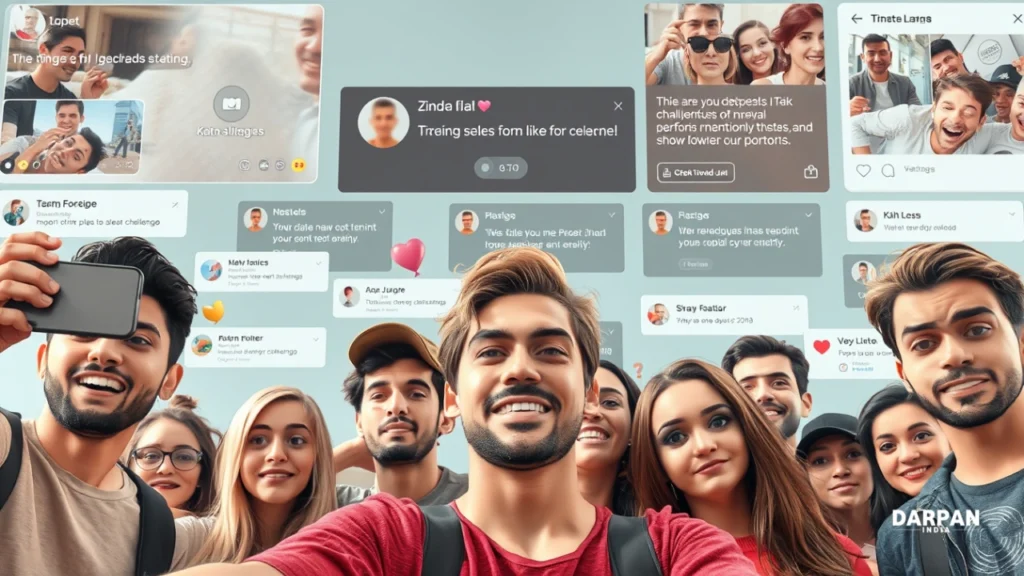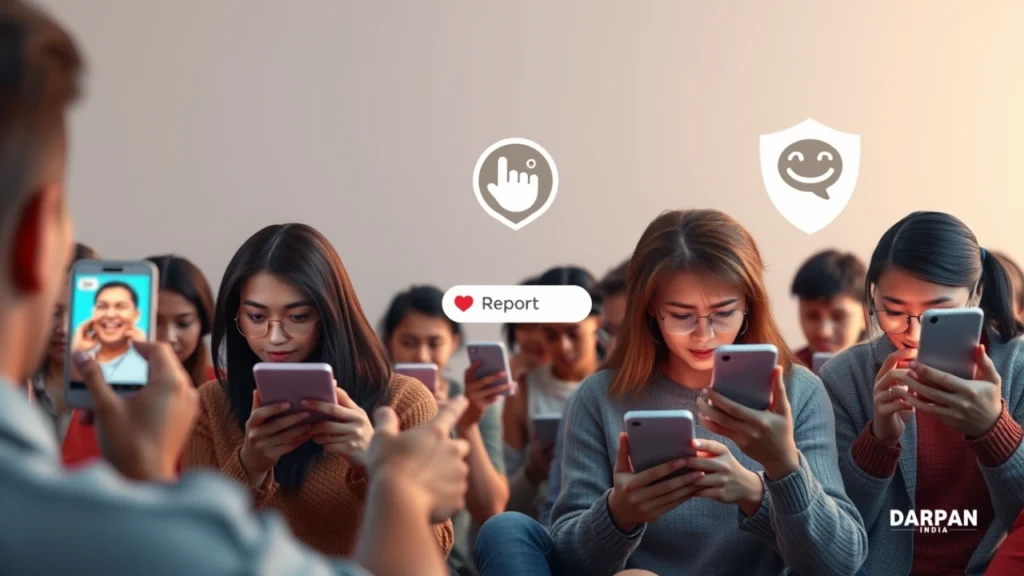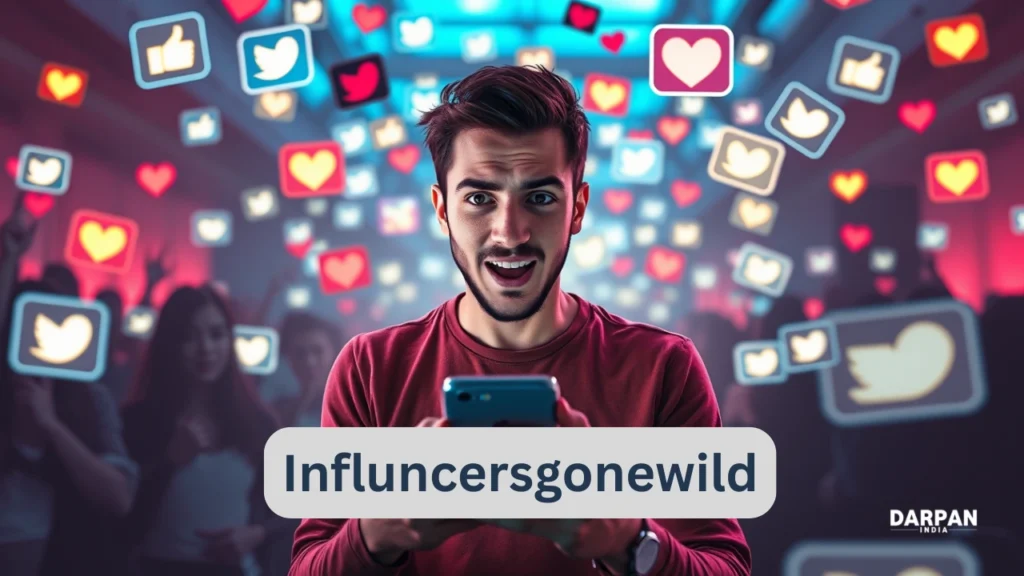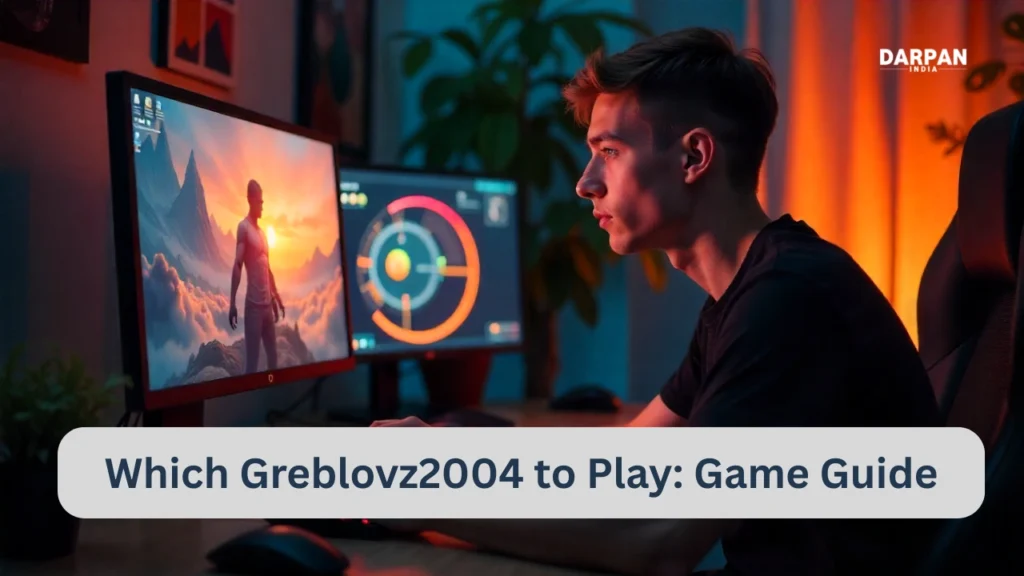You’ve probably seen the term Influncersgonewild trending on social media or news sites. It’s more than just a crazy hashtag—it shows how fast online fame can get out of control. Many influencers who start with simple, relatable content end up caught in viral moments that aren’t always good. This happens because of the need for likes, followers, and attention, along with peer pressure and digital culture. Whether you create content or just watch it, understanding this helps you stay aware and make smarter choices online.
What Does Influncersgonewild Mean?
The term Influncersgonewild refers to instances where influencers go beyond their usual content boundaries—sometimes for attention, sometimes out of pressure, or simply because their audience expects constant entertainment. It’s a growing trend that shows up in various ways, like attention-grabbing challenges, extreme stunts, or controversial statements.
When influencers cross lines, they risk more than just losing followers. It can affect their mental health, personal relationships, and career opportunities. Many times, influencers feel the need to constantly outdo themselves to stay relevant, leading them to create content that’s shocking, risky, or even dangerous.
Why Do Influencers Go Wild?
Several factors contribute to why influencers take extreme actions. Here’s what usually happens:
Also Read
- Fear of losing relevance: As trends shift rapidly, influencers may feel the pressure to stay in the spotlight.
- Validation and self-worth: Likes, shares, and comments are dopamine hits that reinforce certain behaviors, making extreme content tempting.
- Audience expectations: Followers often reward bold content with engagement, which further encourages it.
- Peer influence: Being part of online groups or challenges can push creators into following risky trends.
- Monetization: Controversial or viral content can boost visibility, sponsorships, and brand deals.
Understanding these triggers helps us see that Influncersgonewild is not always about irresponsibility—it’s a complex dance between opportunity and pressure.
The Psychology Behind Viral Fame

When someone goes viral, their brain undergoes significant changes related to motivation, reward, and social recognition. Influencers who frequently experience viral moments often get caught in a loop where their identity is tied to online feedback.
The Reward System and Dopamine
When influencers post content and receive likes, comments, or shares, their brain releases dopamine—the chemical responsible for pleasure and reward. This creates a feedback loop:
- They post content.
- They receive engagement.
- Their brain feels good and seeks to repeat the behavior.
Over time, influencers may chase this sensation, leading to more daring or controversial content.
Social Comparison and Anxiety
Constant exposure to other influencers’ success creates social comparison. Seeing peers gain thousands of followers overnight can make content creators feel inadequate or anxious about their own progress. This anxiety pushes them to create attention-grabbing content to feel validated.
Fear of Missing Out (FOMO)
FOMO is a major reason why influencers participate in viral trends, even when they know the risks. The fear that they will be left behind or forgotten fuels impulsive decisions and makes moderation difficult.
Identity Formation
For some influencers, their online persona becomes inseparable from their real-life self. They may feel that their worth depends entirely on audience feedback, which leads to risk-taking behavior in the name of “authenticity” or “relatability.”
Common Types of Influncersgonewild Content

Not all viral content is harmful, but patterns emerge when influencers go too far. Here are some common types of content associated with Influncersgonewild:
1. Extreme Challenges
Participating in dangerous stunts or viral challenges to impress followers.
2. Over-sharing Personal Life
Sharing too much private information, including relationships, health issues, or financial struggles, for sympathy or attention.
3. Clickbait Behavior
Posting misleading thumbnails, exaggerated claims, or shocking headlines just to boost views.
4. Online Arguments and Drama
Engaging in public feuds or controversies that spark outrage and increase engagement.
5. Brand-Endangering Content
Partnering with products or services that don’t align with their values or safety, solely for profit.
Example Table: Risk vs Reward
| Type of Content | Possible Reward | Possible Risk |
|---|---|---|
| Extreme Challenges | Increased views, followers | Injury, criticism, loss of trust |
| Over-sharing Personal Life | Sympathy, deeper connections | Privacy issues, trolling |
| Clickbait Behavior | Quick spikes in engagement | Loss of credibility, backlash |
| Online Arguments | Media attention, new followers | Reputation damage, stress |
| Brand-Endangering Content | Sponsorship deals, income | Legal issues, brand decline |
This table highlights how influencers must weigh the short-term gains against long-term consequences when creating content.
How Viewers Can Respond
As consumers of online content, we also play a role in encouraging or discouraging Influncersgonewild behavior. Here are some steps to stay mindful:
- Support positive content: Engage with thoughtful, inspiring, and safe posts rather than extreme ones.
- Avoid encouraging harmful trends: Sharing or reacting to reckless content amplifies it.
- Set personal boundaries: Limit screen time and filter content that doesn’t align with your values.
- Report unsafe behavior: Many platforms allow users to flag content that’s dangerous or misleading.
By being conscious of how we interact with viral content, we help shape the culture of social media toward healthier interactions.
Mental Health and Influncersgonewild
It’s easy to overlook how viral fame impacts mental health. Constant public scrutiny, expectation to perform, and the addictive nature of social media feedback can lead to:
- Burnout and exhaustion
- Anxiety and depression
- Loneliness and isolation
- Distorted self-image
Many influencers who went viral later shared how they struggled with sleepless nights, stress, and even identity crises. It’s crucial to recognize that behind every viral post is a human being trying to cope with pressure.
Tips for Influencers to Stay Balanced
- Set clear boundaries: Decide what you’re comfortable sharing before posting.
- Schedule breaks: Regularly step away from social media to recharge.
- Seek professional help: A therapist or counselor can provide tools for handling stress.
- Connect offline: Build real-world relationships to avoid isolation.
- Focus on purpose: Create content that aligns with your passion, not just engagement metrics.
The Future of Viral Fame
As algorithms get smarter and competition grows, the likelihood of more influencers going viral—and going wild—will increase. Awareness and education about online behavior are becoming essential tools for both creators and audiences.
Social media platforms are now introducing guidelines, wellness features, and content moderation tools to combat harmful trends. But technology alone cannot solve the problem. It takes collective responsibility to foster a culture where authenticity is celebrated and risky behavior is discouraged.
Insights: Why Influncersgonewild Keeps Happening
- Algorithm-driven content: Platforms reward highly engaging posts, regardless of content quality.
- Peer validation: Social media communities often encourage bold behavior as a form of entertainment.
- Lack of digital literacy: Many users don’t fully understand how viral trends manipulate emotions.
- Monetization pressures: Brand partnerships often prioritize visibility over well-being.
Suggested Chart: Engagement vs Risk Level
A line graph could show how engagement increases with risk-taking content, peaking at dangerous levels before dropping due to backlash or platform restrictions.
FAQs
1. What is Influncersgonewild all about?
Influncersgonewild refers to situations where influencers go beyond normal content boundaries, often driven by the need for attention, peer pressure, or monetization. It’s a mix of viral trends, risky behavior, and social validation.
2. Why do influencers engage in dangerous or extreme content?
Influencers are influenced by fear of losing relevance, desire for validation, social comparison, and pressure from audiences. The reward system in the brain reinforces behaviors that get the most likes and shares.
3. How can viewers support healthier online behavior?
Viewers can engage with positive content, avoid sharing harmful posts, set boundaries for screen time, and report unsafe content. Being mindful of interactions helps shape the online culture.
4. Can mental health issues result from viral fame?
Yes. Constant scrutiny, anxiety over performance, and dependence on feedback can lead to stress, depression, and burnout. It’s important for influencers to seek support and prioritize well-being.





